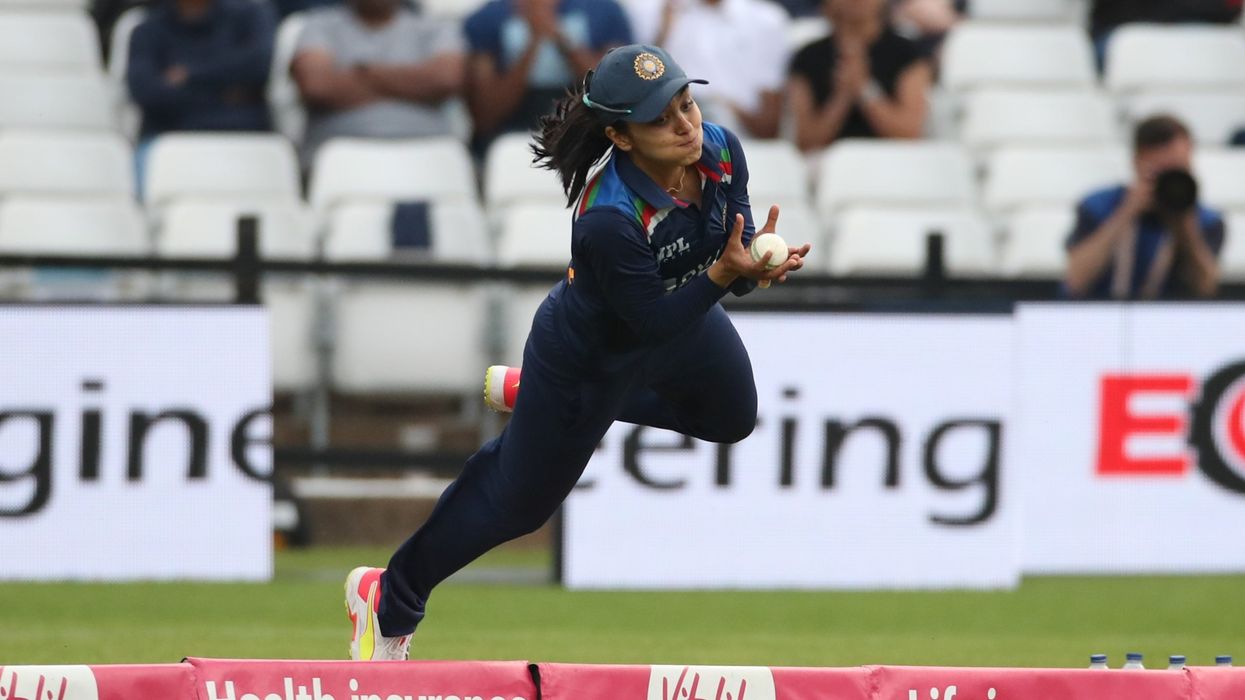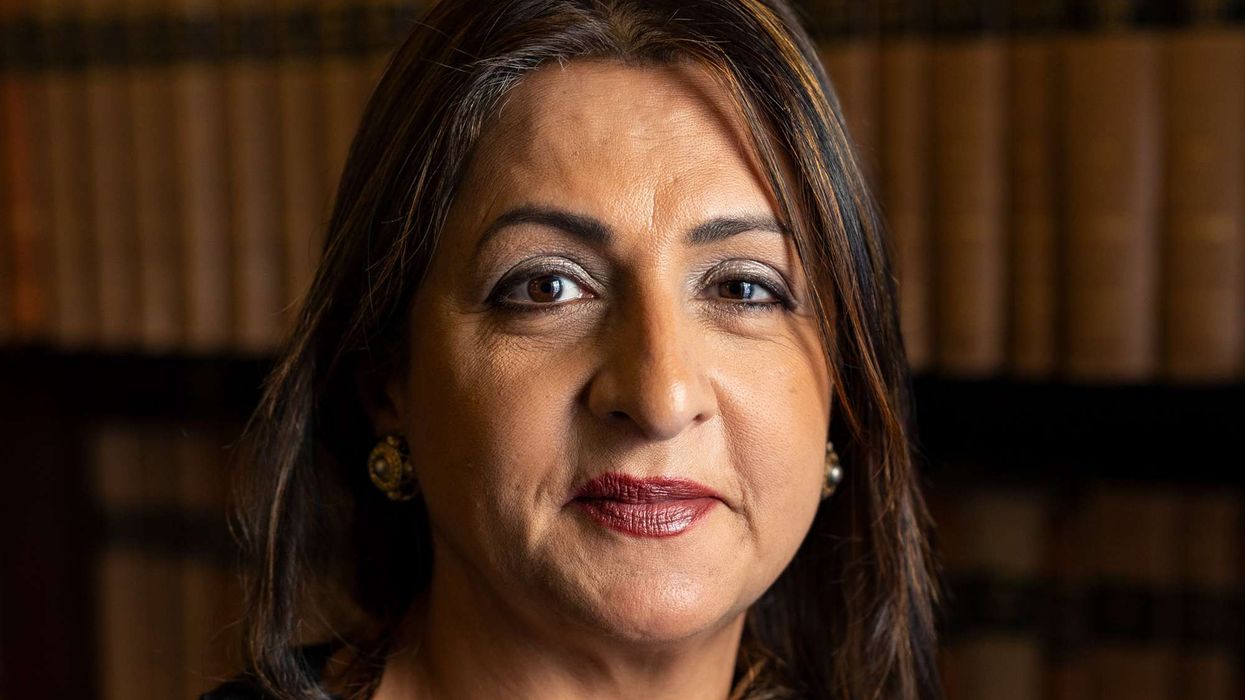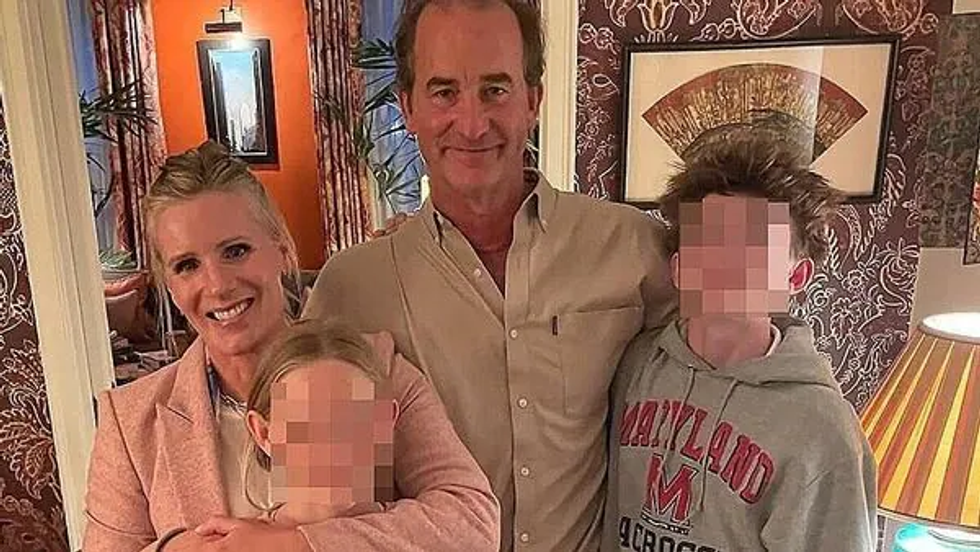INDIA's Harleen Deol took a sensational catch at the long-off boundary in the opening T20I against England Women on Friday (9).
It immediately became a talking point on social media though Indian women lost the match by 18 runs (DLS method).
While fielding at long-off, Deol pulled off an absolute stunner on the boundary that brought to an end Amy Ellen Jones' whirlwind knock.
The video, posted by England Cricket, quickly went viral on social medial with former India batsman VVS Laxman calling Harleen Deol's effort "as good a catch one will ever see on a cricket field".
Stationed at the long-off boundary, the 23-year-old Indian stretched full length to grasp the ball but with the momentum taking her over the boundary ropes, she showed great presence of mind to throw the ball in the air, and then jump back into the field of play to complete the catch.
Harleen was quickly mobbed by her stunned teammates while England Women opener Danielle Wyatt too couldn't stop herself from acknowledging the Indian's effort.
"So many people were talking about an amazing catch that I went and turned on the VPN just to see what the fuss was about. Glad I did. Bloody hell," wrote Matt Singh on Twitter.
Led by Natalie Sciver (55 off 27 balls) and Jone (43 off 27 balls), England posted a formidable 177 for seven after being put into bat.
In reply, India lost young gun Shafali Verma on the second ball. Smriti Mandhana looked good but was dismissed for 29 off 17 balls while captain Harmanpreet Kaur was sent packing for a paltry 1.
With India on 54/3 in 8.4 overs, rain put a dampner on proceedings. The match never resumed and the hosts took the honours by virtue of being 18 runs ahead on the DLS method.
The second match of the series will be played at the County Ground in Hove on Sunday (11).







 Kristin Cabot exits Astronomer after Coldplay kiss cam moment sparks CEO fallout and public backlash XScreengrab/Popcrave
Kristin Cabot exits Astronomer after Coldplay kiss cam moment sparks CEO fallout and public backlash XScreengrab/Popcrave  Coldplay Concert Scandal Exposes Kristin Cabot’s Link to Boston’s Secretive Old-Money Elite LinkedIn/wccftech
Coldplay Concert Scandal Exposes Kristin Cabot’s Link to Boston’s Secretive Old-Money Elite LinkedIn/wccftech  Kristin is married to Andrew Cabot, the owner of Privateer Rum X/@candybarr2009
Kristin is married to Andrew Cabot, the owner of Privateer Rum X/@candybarr2009 






